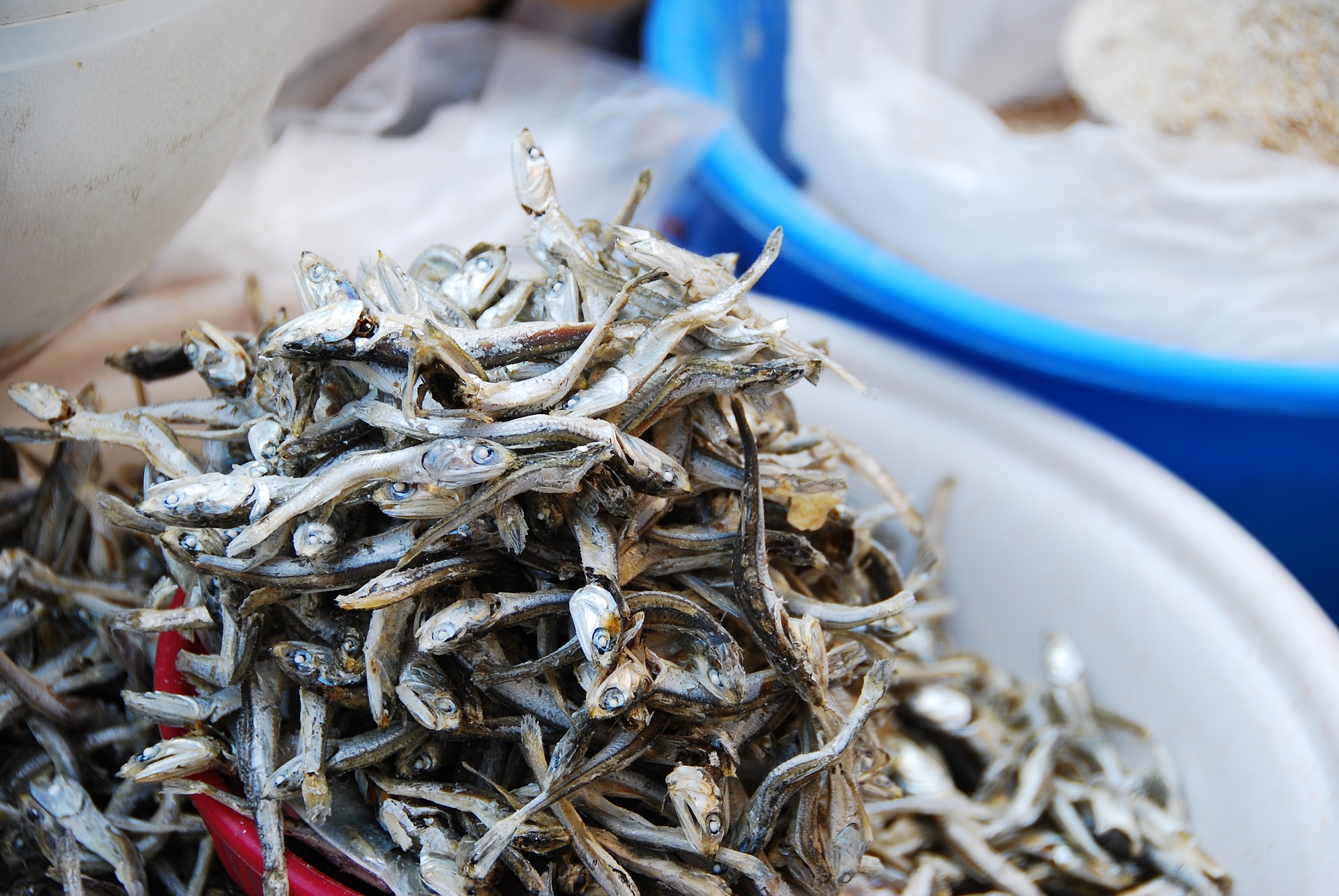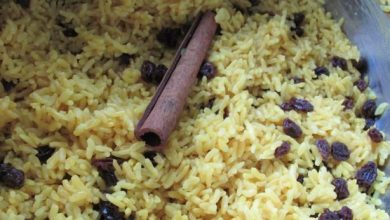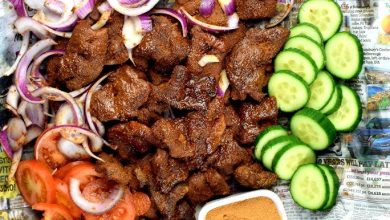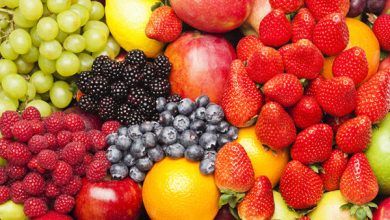How to Find Sustainable Seafoods Today

Aquaculture plays a significant role in aiding food security for the world at large. No wonder seafood production has attained a massive rate via aquaculture and now supplies about 50% of the seafood eaten globally. Hence, the need for sustainable seafoods to ensure that seafood lovers worldwide continually enjoy seafood for years to come.
However, in the wild, over-harvesting has caused several fishes to be under severe stress because about 60% of fishes are overfished to capacity.
This article will look at how to find sustainable seafood and everything it entails. Want to know more about sustainable seafoods? Ensure you read till the end.
What are sustainable seafoods?
According to the Ocean Wise Seafood Program (Sustainable Seafood – Ocean Wise Seafood), sustainable seafoods can be defined as species that are farmed or caught in such a manner that ascertains the long-term health and stability of those species, including the greater marine ecosystem using the following criteria:
- Rich and resilient to fishing pressures
- Well overseen with a comprehensive management plan that is based on a recent research
- Harvesting method that ensures the limited bycatch on non-target and endangered species
- Harvesting method that reduces damage to marine or aquatic animals as well as negative interactions with other species
Examples of sustainable seafoods
Here are a few examples of sustainable seafoods that we recommend that you can try out:
- Yellowtail rockfish
- Sardine
- Mackerel
- Anchovies
- Tilapia
All the aforementioned sustainable seafoods are excellent sources of nutrients essential to the human body’s health and development. These nutrients include Omega 3 fatty acids, Vitamins B 12, niacin, thiamine, Vitamin D, and more. So you can also go for these smaller seafoods and still enjoy all the nutrients your body will get from the large species of seafoods.
How to Find Sustainable Seafoods Today
In this section, we present the best ways to find sustainable seafoods. They are:
- Using a guide
- Selecting other less mainstream species
- Eat smaller abundant seafoods
- Search for the country of origin
- Try sustainable sourcing when buying seafood
Using a guide
One of the easiest ways to find sustainable seafoods is by adopting a guide. Take, for instance, the EDF Seafood Selector, which is often used to ascertain the sustainability of seafood whenever a seafood lover(s) goes shopping in a seafood market or a seafood restaurant.
Selecting other mainstream species
The seafood consumed globally includes tuna, salmon, clams, pollock, shrimp, and more. They are regularly harvested daily, which has now made them endangered species. However, you can expand your palate by selecting other mainstream species to cause a decline in harvesting this popular seafoods species and give them a chance to rebound.
Eat smaller abundant seafoods
If you care about sustainable seafood, you can try eating smaller seafood such as mackerel, sardines, and more. Ensure that these smaller fishes are farmed or caught sustainably. Some of this farmed seafood is also rich in omega-3 fatty acids. Hence there is no difference in the nutrients from the seafood farmed compared to those caught in the wild.
Search for the country of origin
Research to find out countries that are very efficient in their fishery management where they produce batches of healthy species of seafoods. Avoid countries with poor fishery management where endangered species are still caught in the wild. For instance, Brazil, China, Thailand, Bangladesh, and Myanmar have no effective fishery management. However, they tend to be places where you will find significant seafood worldwide.
Try Sustainable sourcing when buying any seafood
When buying canned seafood, look for companies that source seafood from farmers who have adopted sustainable methods to catch these kinds of seafood.
Sustainable Methods involved in catching kinds of seafood
Commercial aquaculture has existed for a long time and will remain. Recently, most commercial fishing farmers started using simple and eco-friendly strategies for catching seafoods. Although some still make use of traditional methods ranging from cast nets to reef nets.
To ascertain that what you are buying is sustainable, be on the lookout for methods that decline overfishing, one that reduces the bycatch of other species and will not damage the environment.
Here are the methods used in catching farmed sustainable seafoods;
- Trolling
- Floating fish trap and weir fishing
- Spearfishing
- Hand diving,
- Harpooning
- Pole and line fishing
- Jigging
- Fly fishing,
- Rod and reel fishing
Trolling
This method is excellent at minimizing catching different seafood species, environmental damage, and overfishing. Trolling is a fishing pole with a weighted line and a single hook commonly loaded with live bait and attached to the side of a moving boat.
Floating fish trap and weir fishing
This method involves correctly placing nets with floats and anchors that permit seafood to enter restricted areas without coming into contact with the net. It makes it very easy to either harvest or release the seafoods without getting entangled or injured.
Spearfishing
Spearfishing is a traditional method using hand spears to catch large seafood species, such as swordfish. This method helps to avert the issue of bycatching other species.
Hand diving
Another traditional method deals with smaller species, such as scallops. They can be easily gathered by hand while the selection of seafood takes place. This method is also an excellent choice that helps to reduce bycatching.
Harpooning
Harpooning is a simple traditional method used to catch larger species of seafood. It involves the use of barbs that are being fired by a gun. With this method, catching or harvesting other species will not take place, which is an excellent way of sustaining seafood and going for just one type of species.
Pole and line fishing, jigging, fly fishing, and rod and reel fishing.
Fish farmers use this method to cause a decline in bycatching, overfishing, and environmental damage. All these methods involve using a rod with live bait to catch seafood, where the angler ensures that unwanted catches are removed from the hook.
Conclusion
Indeed, the type of food we ingest into our bodies will impact our health either positively or negatively; the same also goes for the type of seafood we eat, particularly sustainable seafoods.
We recommend that you follow the strategies for finding sustainable seafoods as mentioned in this article, as well as using the methods that prevent the bycatching of other endangered species, overfishing, and reducing environmental damage.





